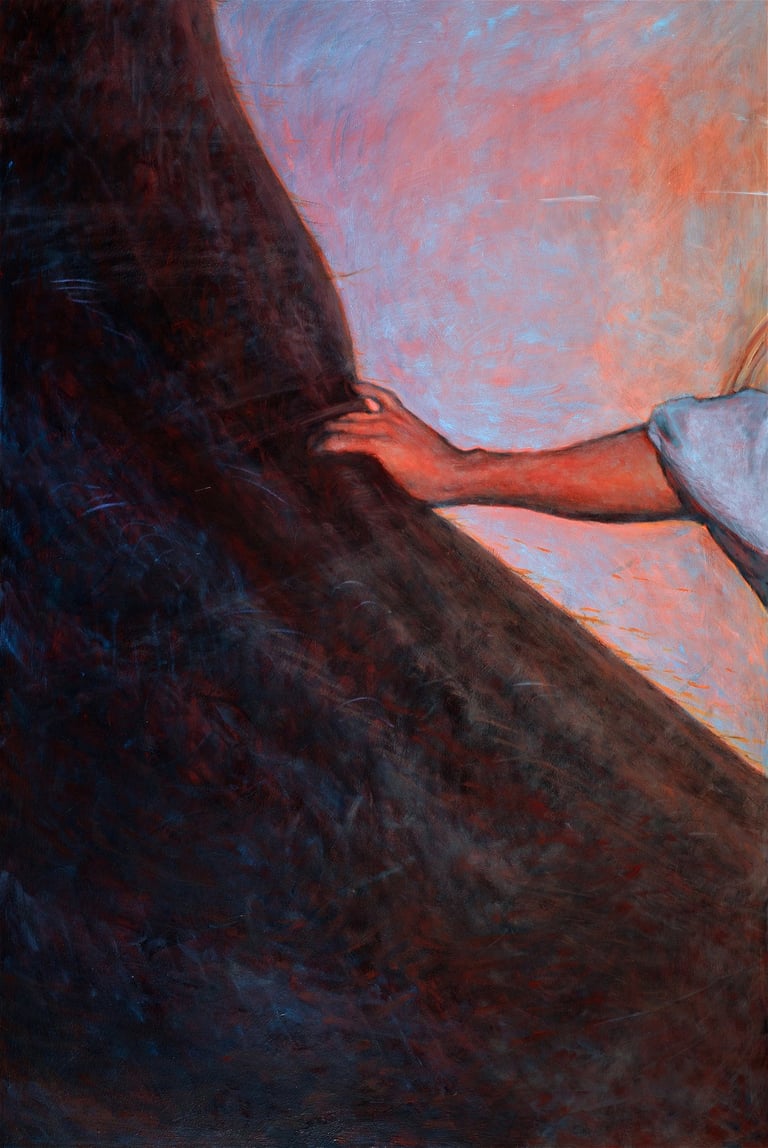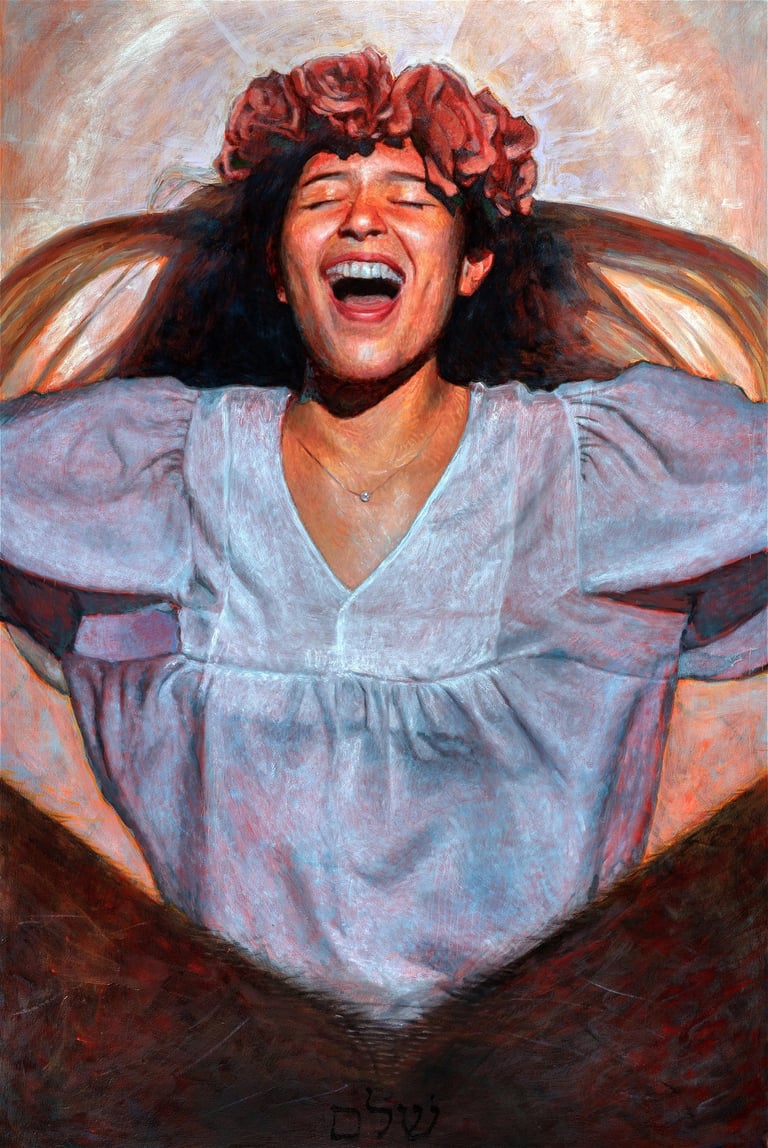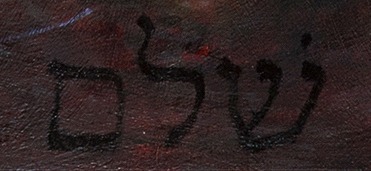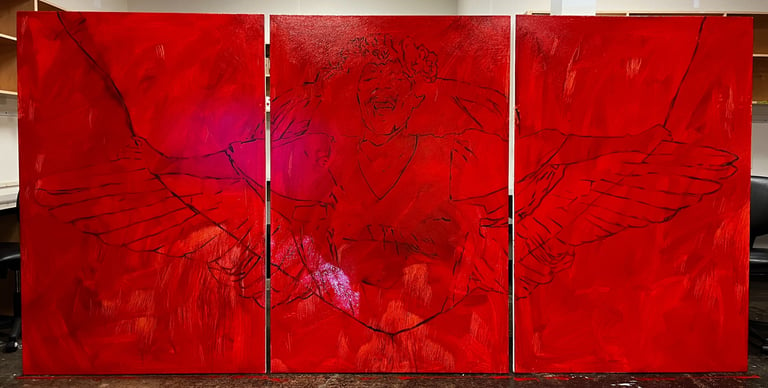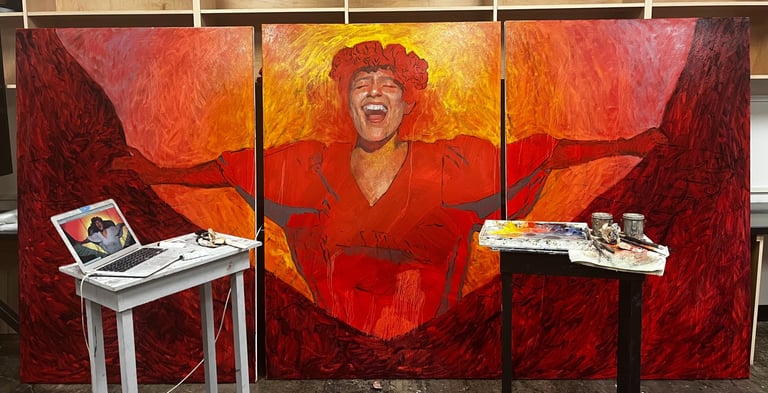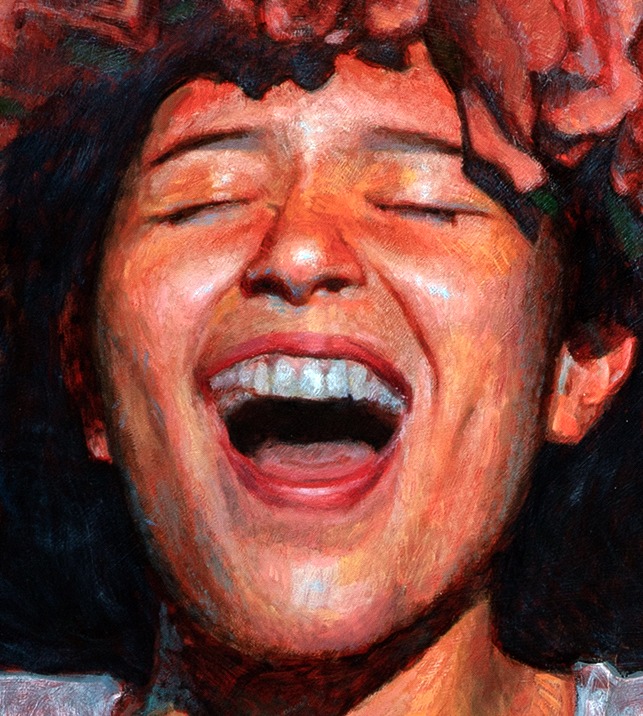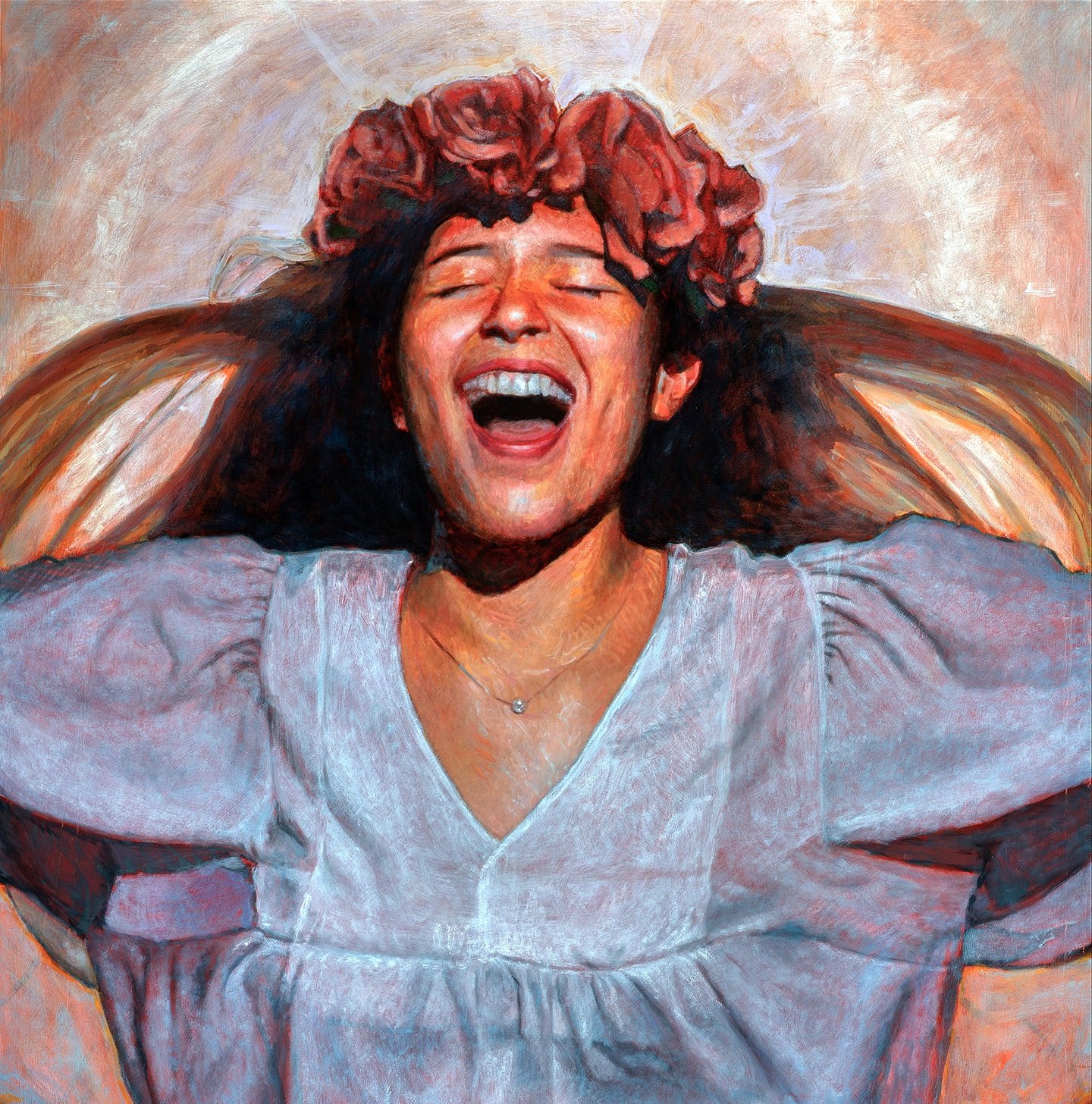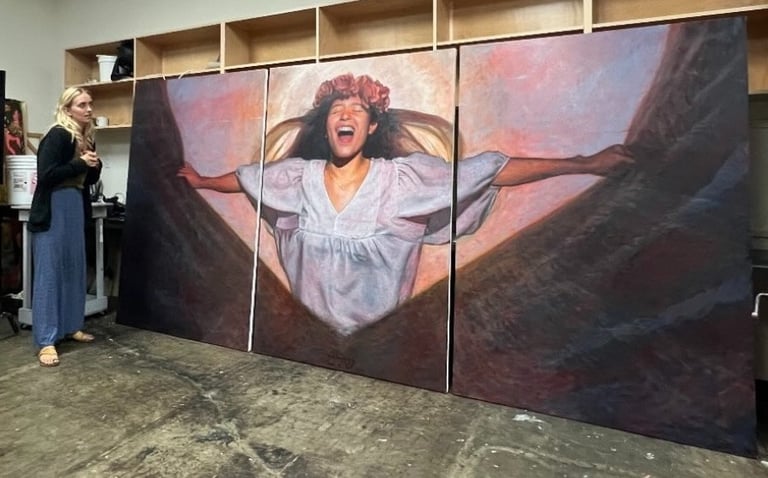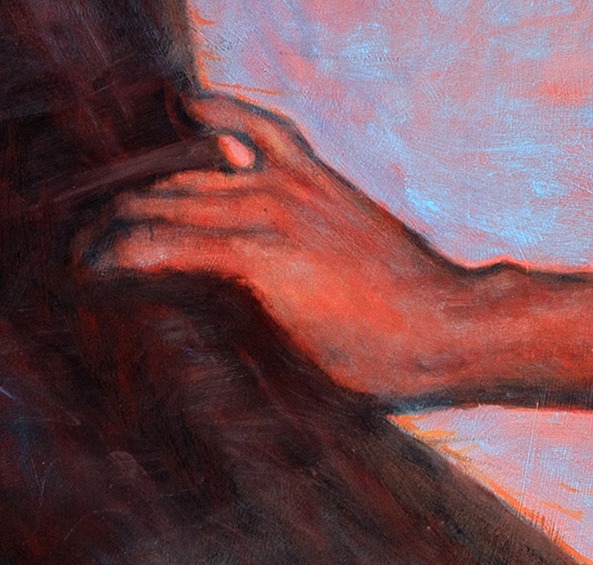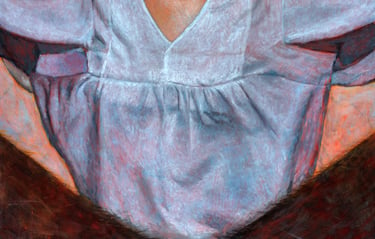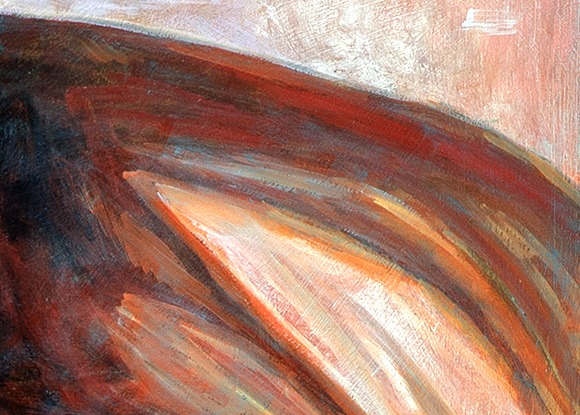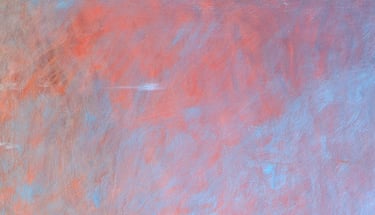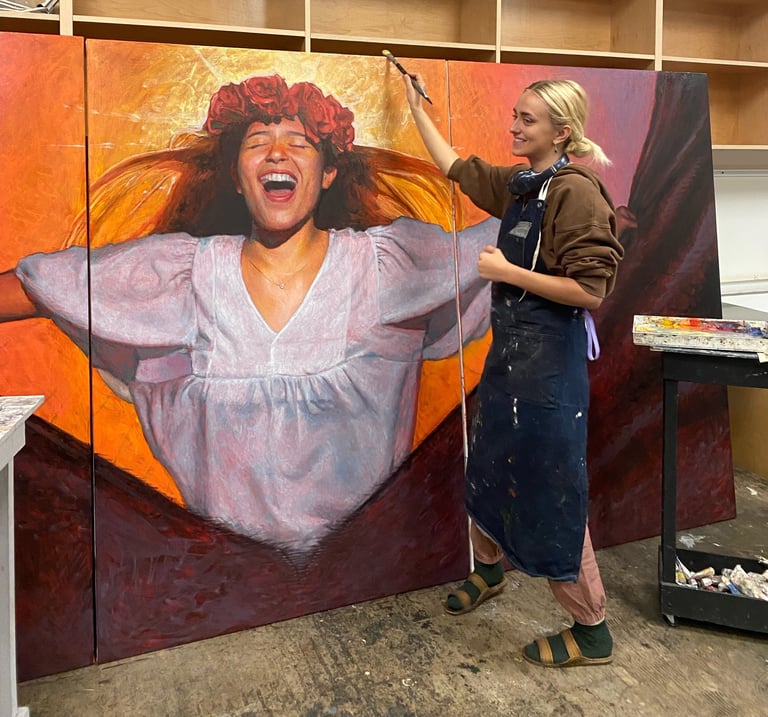Yom Kippur portrays our access to God through Jesus Christ. In Judaism, God’s temple featured a large purple veil concealing the 'Holy of Holies,' the divine dwelling place. Attempting entry would result in instant death, as the nakedness of the imperfection of human nature could not stand before the Holiness of God. Once a year, on Yom Kippur, the day of atonement, the high priest gained access to the Holy of Holies after completing specific cleansing rituals and donning distinct clothing, enabling him to make atonement for the people of Israel, symbolized through animal sacrifice (Hebrews 8:5). Although this sacrifice couldn't genuinely clothe the people in righteousness, it served as a foreshadowing of the One to come (Hebrews 10:4).
God made made atonement for us by sacrificing His only son, Jesus, to cleanse the sins of the world. The bottom of the curtain says, שָׁלֵם (shalem). Shalem, similar to Shalom is an Aramaic (old Hebrew) transition of the of some of Jesus’s last words, which John recorded in Greek as 'tetelestai'. Tetelestai means 'it is finished' and shalem means, 'to put at peace'. Jesus declared that we are at peace with God because of his sacrifice. At the moment of Jesus's death, it is recorded that the temple veil, covering the entrance of the Holy of Holies, supernaturally tore from top to bottom, an act attributed to the hand of God. Just as the curtain was torn between God and man, Jesus's body was torn to be an door opened into God's dwelling place (Hebrews 10:19-22). Accepting God’s gift to wash us with His blood and clothe our nakedness with His righteousness, allows us to enter through Jesus, into the Holy of Holies- the presence of God.
The foundation of the painting is a layer of blood-red, an image of the blood of Jesus, the foundation of our intimacy with Him. As her clothing was crimson-red in the beginning of the painting, It was painting over with white. “Come now, and let us reason together, saith the Lord: though your sins be as scarlet, they shall be as white as snow; though they be red like crimson, they shall be as wool.” (Isaiah 1:18.).
The young believer illustrated here is not only clothed in righteousness, but adorned with roses. Just as Jesus wore our crown of shame as a crown of thorns, we too wear His crown for us—a crown of agape love. Unlike the temporary cleansing experienced by priests, we are permanently covered with irremovable holiness, enabling us to approach God face to face at any time. This young woman is fearlessly entering her Father’s dwelling place as is child. “Therefore, let us come boldly to the throne of grace” (Hebrews 4:16).
